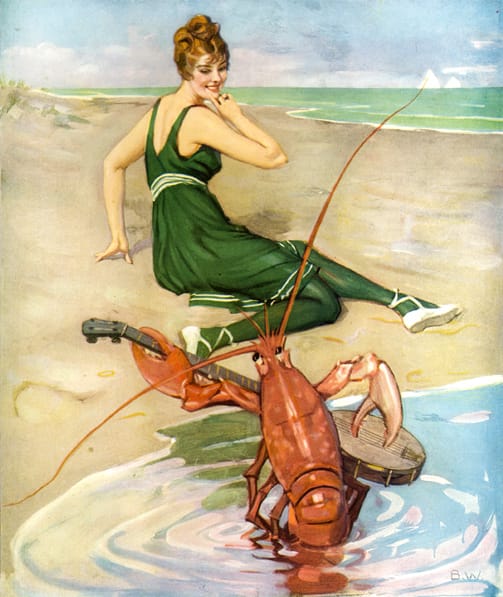The Full Megillah and another time the US tried to invade Canada

We went to a Purim party with the local leftist Jewish group my partner found when we arrived. It was held in a a building that made up part of the first (and until recently, largest) hospital complex in Montréal: Cité des Hospitalières.

The original hospital was the product of Jeanne Mance, a nun and nurse, who co-founded Montreal in 1642 with a guy that until recently was given all the credit. The city bought the place in 2017 and, like most of the enormous number of formerly religious buildings and churches that have emptied out since The Quiet Revolution, has been transitioning into a community center and museum.

I've been now to a few of these but this was the first time I've heard the entire story (the Book of Esther or the Megillah). The previous event we went to last year was...different in a lot of ways. The full Megillah is certainly a product of its time. [[1]]
Montréal has the second oldest St Patrick's Day parade in North America and this year was its 200th anniversary. It is completely community/volunteer managed, with 5000 participants and 300,000 spectators. And, for once, it was actually a genuinely nice day, certainly warmer than the last time we went. You can find a few more details on it here.
Overpowered all-Cleric party.
It started as a fairly nationalistic affair in 1824. It's worth noting just how long of a fight it was (has been?) to secure an independent nation of Ireland (1171AD to...present kinda?) and how many dead ends were hit before it happened. My favorite is the Fenian Raids.

That's right, we are gonna talk about another attempt by Americans to invade Canada. There have been a couple!
In 1866, there were a lot of Irish Civil War veterans - fresh off a massive famine, then a boat, and finally a war - and they came up with a truly brilliant idea: invade Canada and trade it for Irish independence.
Wait, why go back? Well, it's not like the Irish were particularly welcomed in the United States at that time. A quarter of them spoke Irish rather than English. Anti-catholic hatred was widespread with a fairly influential political party - the Know-Nothings - basically dedicated to hating immigrants. Organizations like the Ferians, which at one point had like a whole parallel government-in-waiting, were naturally attractive.
This lost Best Picture to the movie Chicago which I'm not convinced anyone has watched since 2004. At least the Academy occasionally gets one right.
Further, the Ferians had the tacit support of the American government. Right after the Civil War, and with a feeling the British were at least vaguely in support of the Confederacy [[2]], there were proposals to just go up and snatch Canada while they had a powerful army lying around. Manifest destiny was the vibe and had been since the 1840s. Andrew Johnson, the worst president [[3]], was more than happy to outsource this one to immigrants.
But as with every goddamned attempt to compel a people through force of arms or economic deprivations, the final result of the series of failed invasions - each basically doing worse than the last - was to galvanize the people who were attacked. The Fenian Raids managed to bring Canadians together into a Confederation in a way previously strongly resisted by several of the provinces. A lesson worth remembering as Israel continues to try to obliterate the concept of "Palestinian" and the United States threatens its erstwhile allies while basically declaring war with Iran.

[[1]]: "The apparent historical difficulties, the internal inconsistencies, the pronounced symmetry of themes and events, the plenitude of quoted dialogue, and the gross exaggeration in the reporting of numbers (involving time, money, and people) all point to Esther as a work of fiction, its vivid characters (except for Xerxes) being the product of the author's creative imagination" (Wikipedia)
[[2]]: This really wasn't the case, despite every attempt by the rebels to coax them to do so
[[3]]: Present conditions excluded




